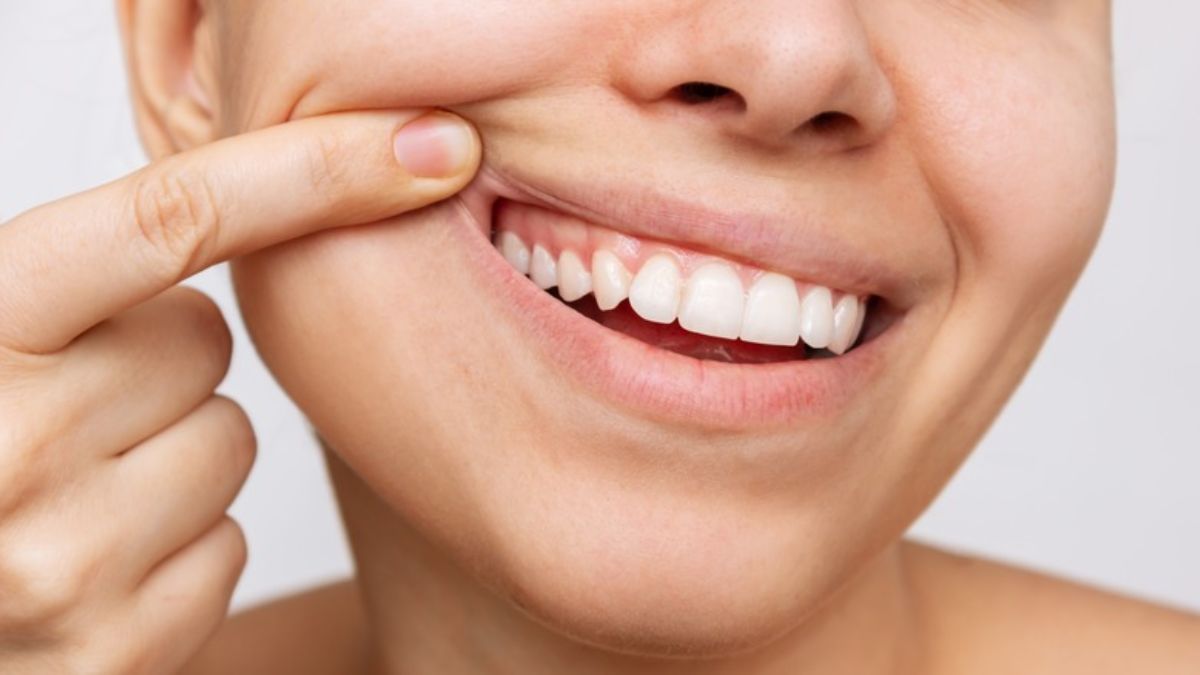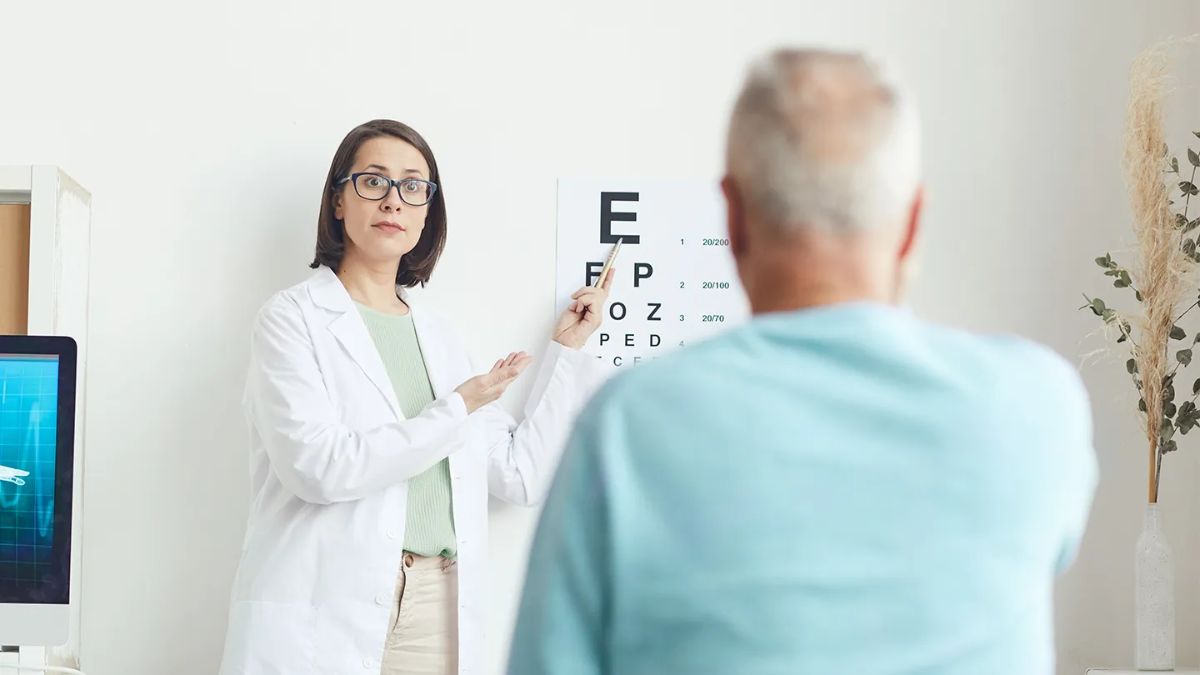Taking care of your teeth sounds simple—brush twice a day, floss, and visit the dentist. Yet, across the U.S., adult dental health is in serious decline. The main reason? Poor brushing habits. While many people know the basics, they’re not following them consistently or correctly. Let’s break down what’s going wrong and how a few small changes can lead to a healthier mouth—and a healthier you.
Concern
According to the Centers for Disease Control and Prevention (CDC), over 42% of adults aged 30 and older show signs of gum disease. That’s nearly half of the adult population suffering from something that is mostly preventable.
So what’s happening? It’s not that adults aren’t brushing—it’s that they’re brushing wrong. Most people don’t brush long enough, miss key areas, or press the toothbrush too hard. On top of that, many skip flossing altogether. Over time, these mistakes lead to plaque buildup, which turns into cavities, gum disease, and even tooth loss.
Technique
Want to avoid those issues? It starts with brushing better. The American Dental Association (ADA) gives simple, science-backed tips:
- Brush for a full two minutes, twice a day
- Use a fluoride toothpaste
- Move the brush gently in small circles—not back and forth like you’re scrubbing dishes
- Replace your toothbrush every 3–4 months
- Floss once a day to reach between teeth
- Cut back on sugar-heavy snacks and drinks
If you’re only brushing for 30 seconds and skipping floss, you’re only doing half the job.
Risks
Let’s be clear—bad dental habits don’t just cause bad breath or stained teeth. Gum disease has been linked to:
- Heart disease
- Worsened diabetes symptoms
- Increased risk of Alzheimer’s
Bacteria in your mouth can travel into your bloodstream, triggering inflammation in other parts of your body. So keeping your teeth clean is actually a key part of protecting your overall health—not just your smile.
Causes
If adults know they’re supposed to brush and floss, why do so many still fall short? Experts point to a few reasons:
- Busy lives: After a long day, brushing might feel like a chore. People rush or forget altogether.
- Stress: Overwhelmed adults skip checkups or flossing routines.
- No reminders: Kids get dental tips at school, but adults rarely get updates on how to take care of their teeth.
In short, it’s not just about laziness—it’s about routine, knowledge, and priorities.
Changes
The best part? You don’t need expensive dental treatments to fix this. Improving your dental health starts with small, consistent changes:
- Brush for two minutes: Set a timer or play a song while brushing.
- Floss daily: Keep floss in your bag, desk, or car so it’s always nearby.
- Visit your dentist twice a year: Even if your teeth feel fine.
- Use reminders: Add brushing and flossing to your phone’s to-do list or calendar.
Good dental habits today can help you avoid pain, save money, and reduce the risk of serious illness down the road. So if your brushing routine feels rushed or random, now’s the time to take control. After all, your mouth is the gateway to the rest of your body—don’t ignore it.
FAQs
How long should adults brush teeth?
At least two minutes, twice a day, using gentle circles.
Is flossing really necessary?
Yes, it cleans between teeth where brushes can’t reach.
What diseases link to gum issues?
Heart disease, diabetes, and Alzheimer’s are all linked.
Why is adult dental health declining?
Busy lives, poor brushing habits, and skipped checkups.
How often should I see a dentist?
Every six months, even if you feel fine.






















